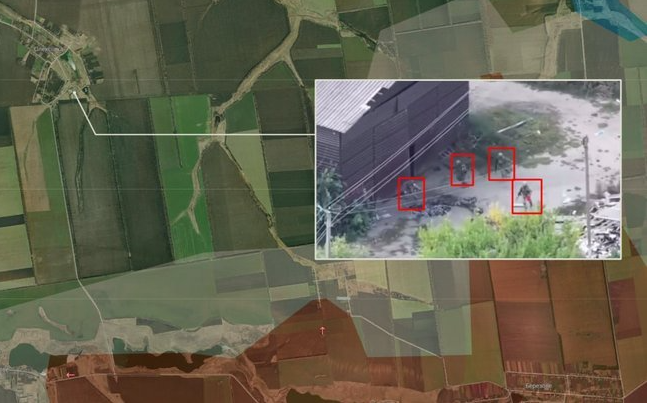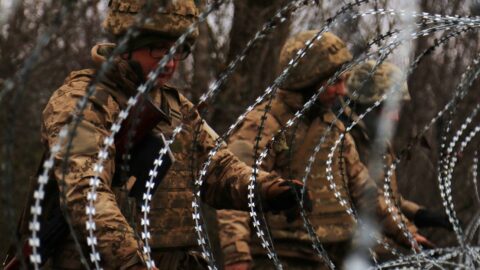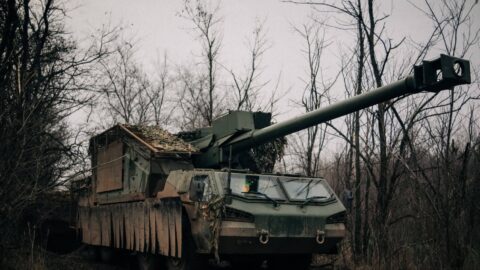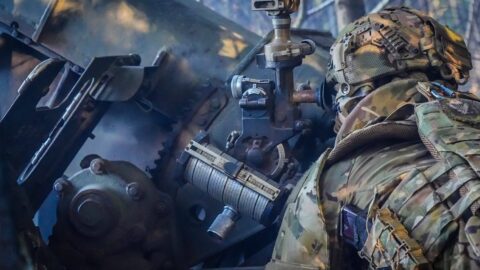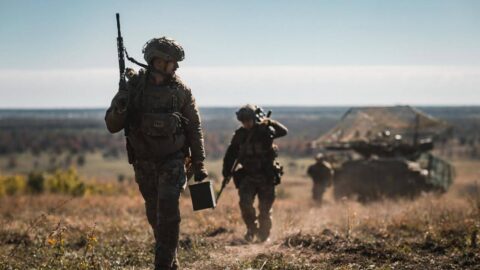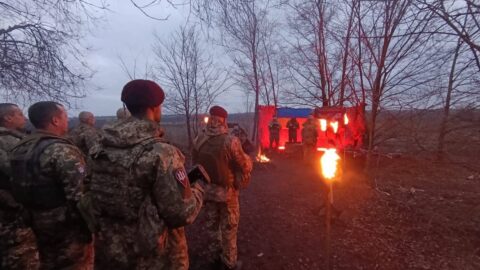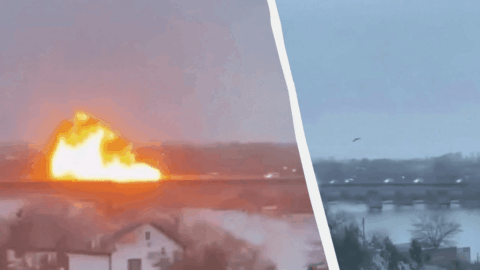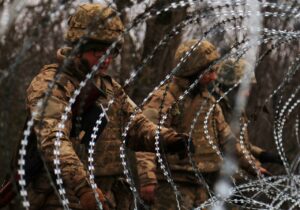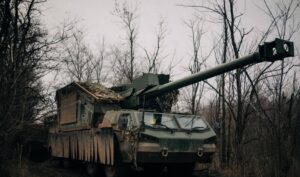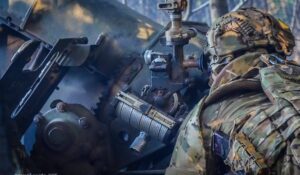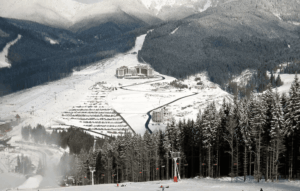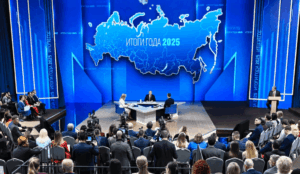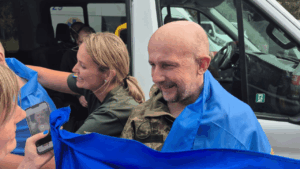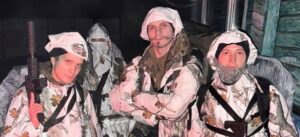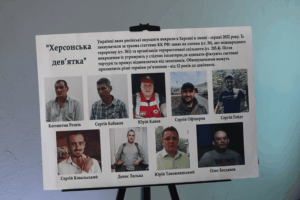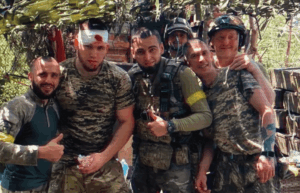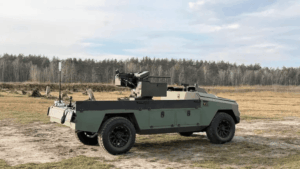Russian troops used fog to infiltrate Oleksiivka in Dnipropetrovsk region, north of Verbove, DeepState reports. Three invaders were eliminated.
According to battlefield analysts at DeepState, Russian forces have infiltrated the village of Oleksiivka in Ukraine’s Dnipropetrovsk region, exploiting foggy conditions to bypass defenses.
The village lies just north of Verbove, and over the past two days multiple Russian detachments reportedly entered from the east, passing through power-line corridors in light armored vehicles.
From the combat footage shared publicly, analysts identified three Russian soldiers killed within one of the assault groups. DeepState noted that the operation underscores a deliberate Russian tactic: leveraging adverse weather to find and exploit weak points in Ukrainian defenses.
Strategic Implications and Battlefield Context
This development, while relatively localized, highlights a broader pattern of probing attacks and attritional pressure applied by Russian forces along the front. The news of Oleksiivka’s infiltration comes amid several confirmed Russian advances in the Dnipropetrovsk region, particularly toward Verbove and the flanks near Pokrovske.
The use of fog as cover is not new in this war, but its successful employment here suggests that Russian reconnaissance and timing are becoming sharper. By entering under low visibility, the attackers reduce the effectiveness of Ukrainian observers and aerial surveillance, forcing defenders to respond reactively.
Moreover, the fact that only three casualties were reported indicates a likely limited infiltration rather than a full-scale advance. Such operations are often intended to test Ukrainian lines, sow confusion, or pin down reserves.
Nevertheless, any ground gain – no matter how modest – carries both symbolic and operational weight, as it can shift local terrain control and pressure front-line formations. In contested zones, even small footholds may later serve as staging points for deeper advances.
Ukrainian defenders in the area face difficult terrain and weather, which complicates both surveillance and logistics. The success of this infiltration despite existing defensive lines suggests that resources may be stretched too thin or that certain sectors have gaps in coverage.
In reaction to such incursions, Ukrainian forces are likely to adopt tighter observation protocols, deploy greater drone patrols at lower altitude during poor visibility, and reinforce sectors prone to infiltration.
Additionally, casualty reports and imagery analysis are vital. The three dead Russians, identified via publicly shared video or imagery, demonstrate that even small Russian units are not immune to counterstrikes when detected inside contested zones.
Tags: dnipropetrovsk region frontline 2025 oleksiivka russia ukraine war Russian advance Ukraine conflict village captured War Update
